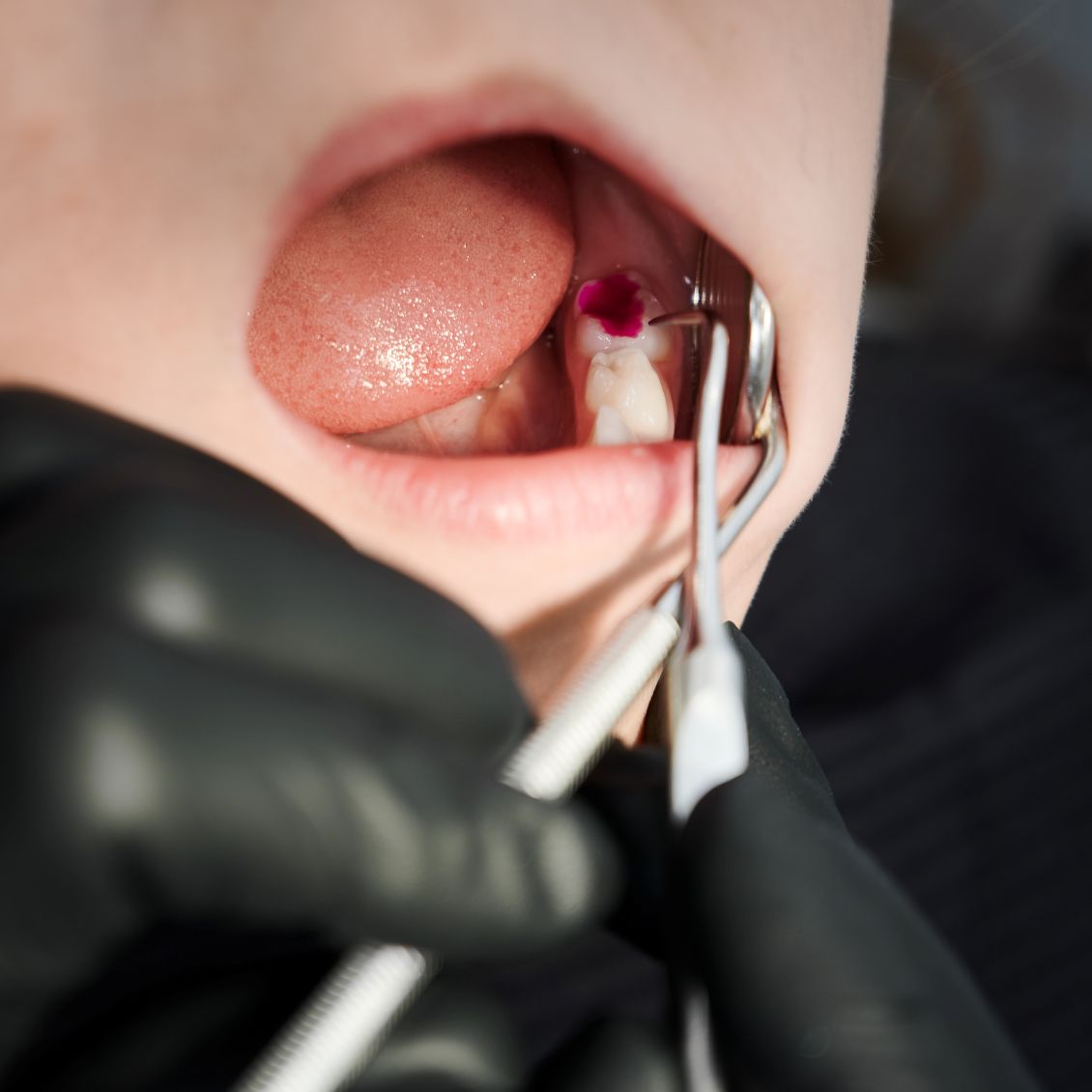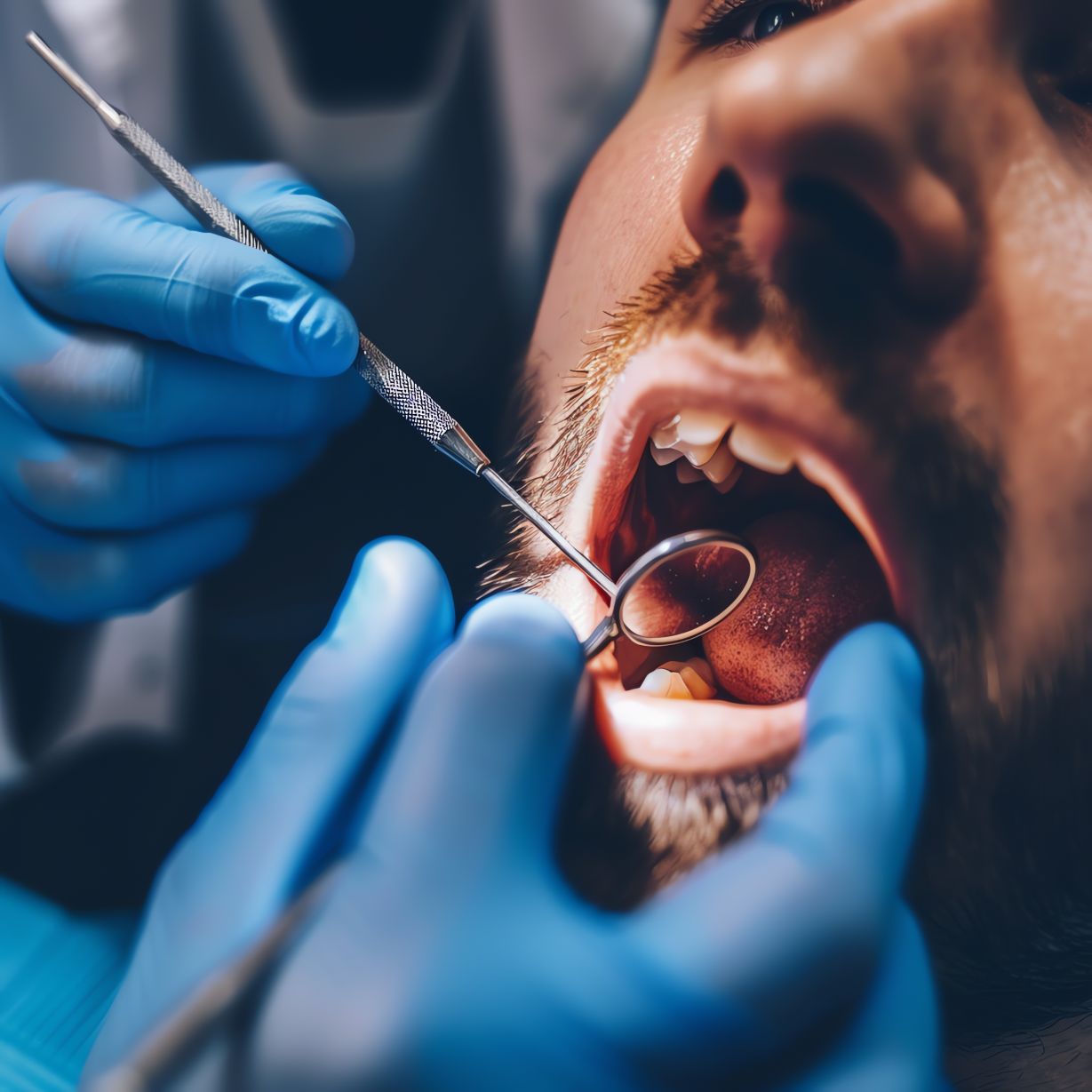

Wisdom teeth extraction is a common dental procedure to extract the third molars, which typically erupt between the ages of 17 and 25. In many cases, wisdom teeth become impacted (trapped under the gum or jawbone) due to lack of space, causing pain, swelling, infection, or misalignment of surrounding teeth.
The procedure can be simple (if the tooth has fully erupted) or surgical (if it is impacted). Wisdom tooth extraction is performed under local anesthesia, sedation, or general anesthesia for a painless experience. Proper aftercare is essential to promote healing and prevent complications like dry socket.
- Prevents Pain and Infection
- Protects Adjacent Teeth from Damage
- Improves Oral Health and Alignment
- Quick and Safe Procedure